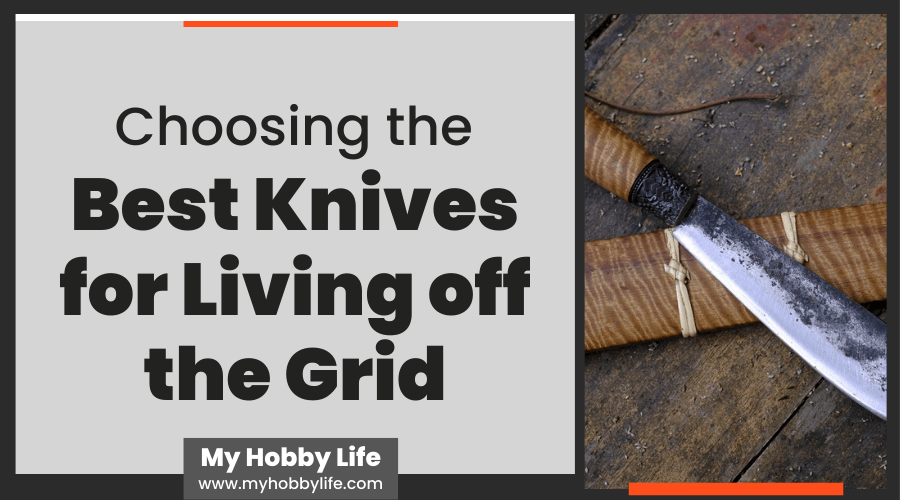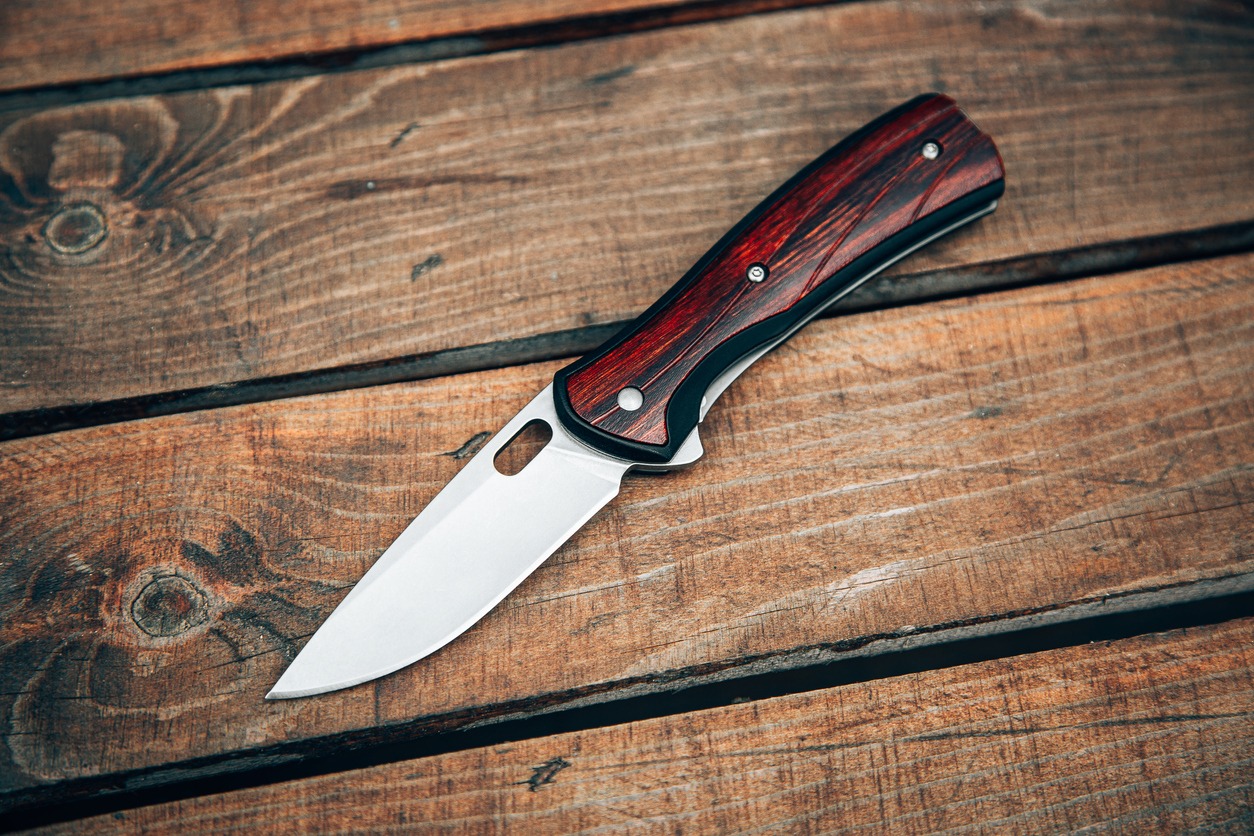Having the ideal survival knife will make it easier for you to navigate challenging situations. It can assist you if other ammo is ineffective. However, you can only do so if you have the best knife, one that will protect you from any dangers, including dangerous animals. Such a weapon will be especially useful for you when you enter restricted locations. All you need is a good knife, but how can you pick the best one for survival? It is crucial to investigate this. Choosing such a weapon for yourself can be made easier by following some advice. Here is some advice for choosing a knife that will work well.
What Varieties of Survival Knives Are There?
Large fixed-blade blades, like a machete, are extremely useful for heavy-duty tasks like building shelters or chopping up dead trees for a fire. They can also be game changers in a survival crisis. Smaller fixed blades have unmatched durability, and adaptability is also important. They may be used as a typical knife, for chopping duties, or even lash to a big stick to make a spear. Small knives are also useful for intricate tasks like weaving or tying together branches. A sheath-folding knife is an additional choice and can be carried easily in the woods.
What Are the Benefits and Drawbacks of Folding Knives Over Fixed-Blade Knives?
For strength when boning knives, cutting, and digging, fixed blades are favored. They are also the primary form of defense against other animals. However, a fixed blade’s size and typical heavyweight are drawbacks. If storage and compactness are top requirements, sheath folding knives are favored, although they are inherently weaker at the pivot.
What Factors Should I Consider While Evaluating a Survival Knife’s Size?
The size is determined by how you plan to carry the knife and the activity you’re getting ready for. Are you traveling into a wilderness area where you might become stranded? Since weight and space are not concerns, one may bring a larger fixed-blade knife and sheath folders. Are you traveling alone? Select a sheathed folder or a smaller fixed blade. The size of the environment also affects the knife’s size. Larger knives would work well in areas with tall trees or deep forests, but desert areas with less need to cut huge objects would be better suited for sheathed folders.
Selecting the Best Knives
Here are some crucial recommendations for selecting the best survival knife for you. When choosing the best one for you, keep these things in mind.
-
- Quality: Quality is an important factor to consider, thus the brand should not be dismissed. You could be tempted to purchase novelty knives that you see in a bazaar, but if you want a trustworthy combat weapon, go with a reputable brand.
- Size: When it comes to blades, bigger does not always equal better. To better fulfill its role, it must be comfortable to carry. Consider how you will use it and where you will store it when picking the size.
- Full Tang: It’s advantageous to have a survival knife with a blade and handle made of metal that has the same thickness and width. The full tang style is the name of it. This kind of product will be more reliable and offer an excellent grip as well. The steel used in the handle of your knife is called a tang. The best survival knife is one that has a full tang, which gives your blade complete support. Some novelty knives lack a tang, which implies they cannot withstand rough use, which will occur in a survival situation.
- Materials Used for the Handle and Blade: Although there are now many other materials for knives, carbon steel, and stainless steel are still the most popular. Although stainless may withstand hard handling, regular sharpening may be necessary. While maintaining its edge longer, carbon steel takes more upkeep. The knife handle should be ergonomically pleasing to hold and should offer a secure grip. When using your knife, you wouldn’t want your hands to feel slick.
- Blade Layout: Because different knife tips have varied purposes, it’s important to consider how you’ll use your tactical knife before purchasing. A knife with a “tanto” tip can provide greater penetration power than one with a straight-back blade. Regarding ease of maintenance, the blade design also determines how you should sharpen your knife.
- Weight: You might want to think about something lighter if you want to wear a knife around your waist. It mainly depends on comfort and preference.
- Fixed Blade: When it comes to survival knives, the two most prevalent blade varieties are folding and fixed. In the event of a survival knife, having a fixed blade is a smart idea. Such a blade will increase the weapon’s effectiveness and durability.
- Effectivity: The majority of individuals favor knives with lengthy blades. The length of the blade is unimportant in the case of the knives under consideration, though. The blade’s operation is the only thing that works. You should use a knife of average size with a strong blade.
- Sharpness: Some knives have pointy points that haven’t been honed, while others have no tips at all. Choose a piece with a fully honed pointy tip instead of one like this. You will find this kind of knife to be quite useful.
- Single-Edge: Some blades that are not very excellent come with both ends honed. This type of weapon’s drawback is that it won’t provide a secure grip. Additionally, it might damage your thumb or fingers. Pick a single-edged survival knife as a result.
Before purchasing a survival knife, visit a store, speak with the clerk, and test out a variety of instruments in their intended settings. Knives shouldn’t be held solely in the dominant hand’s direction. For living off the grid, the dominant hand is frequently hurt. Always keep your knife sharp and ready to use in an emergency while you’re not using it. Learn how to maintain a razor-sharp edge on your knife. A dull knife poses a greater threat than a sharp one. If you want to get more information about the essential items for living off the grid, you may read our Guide to the Items You Need to Live Off the Grid.

